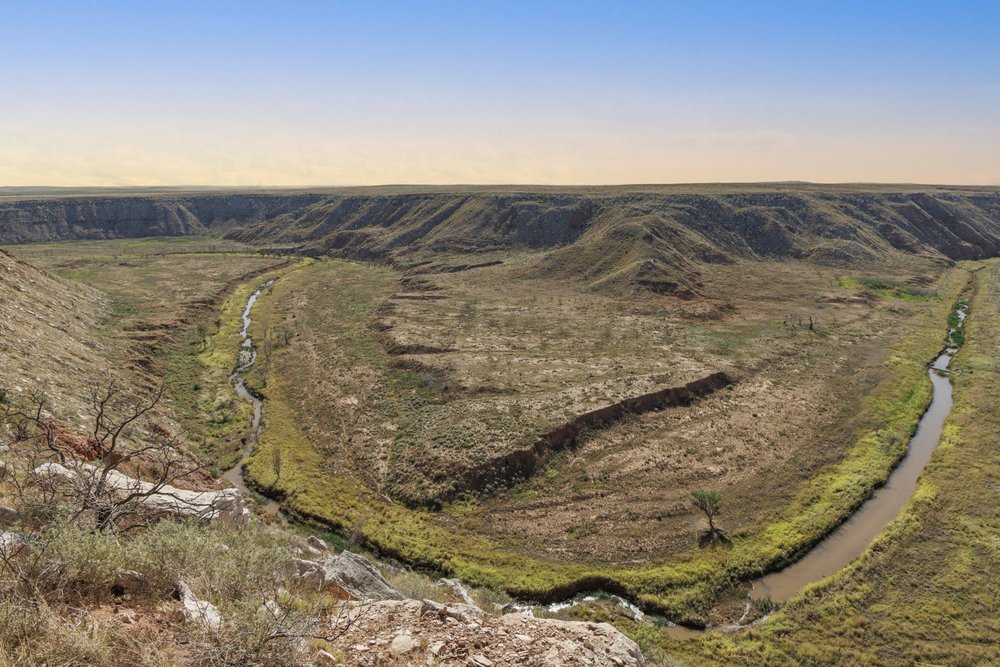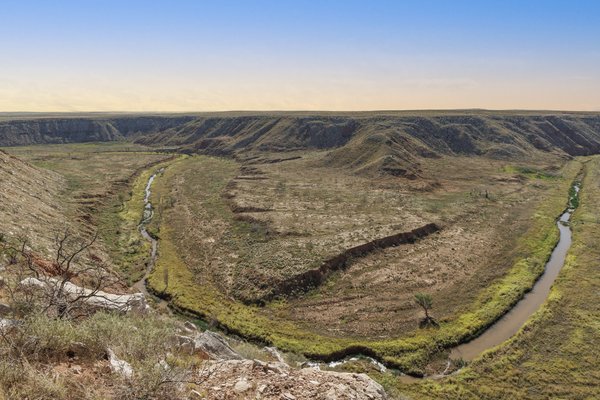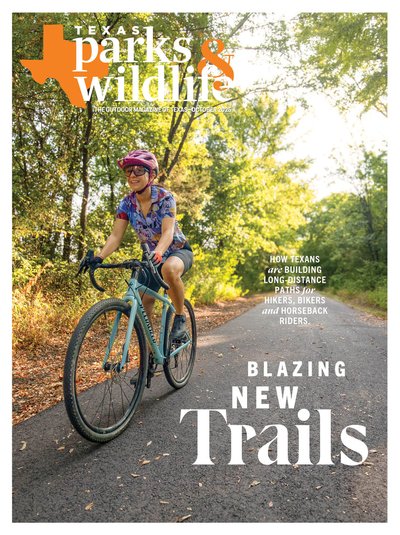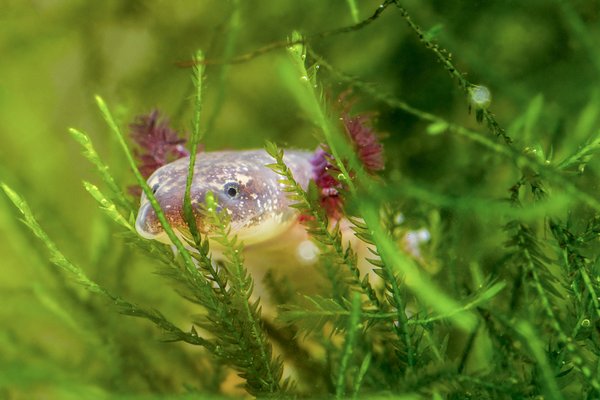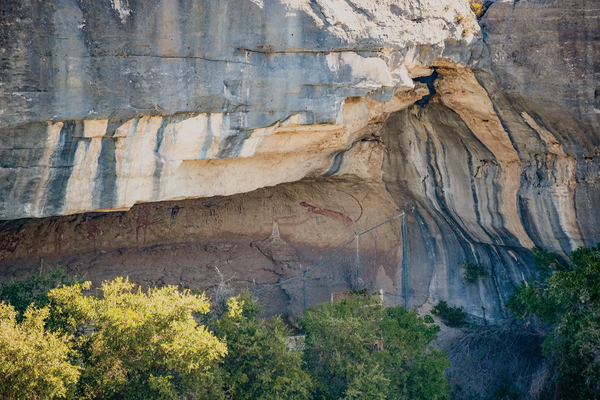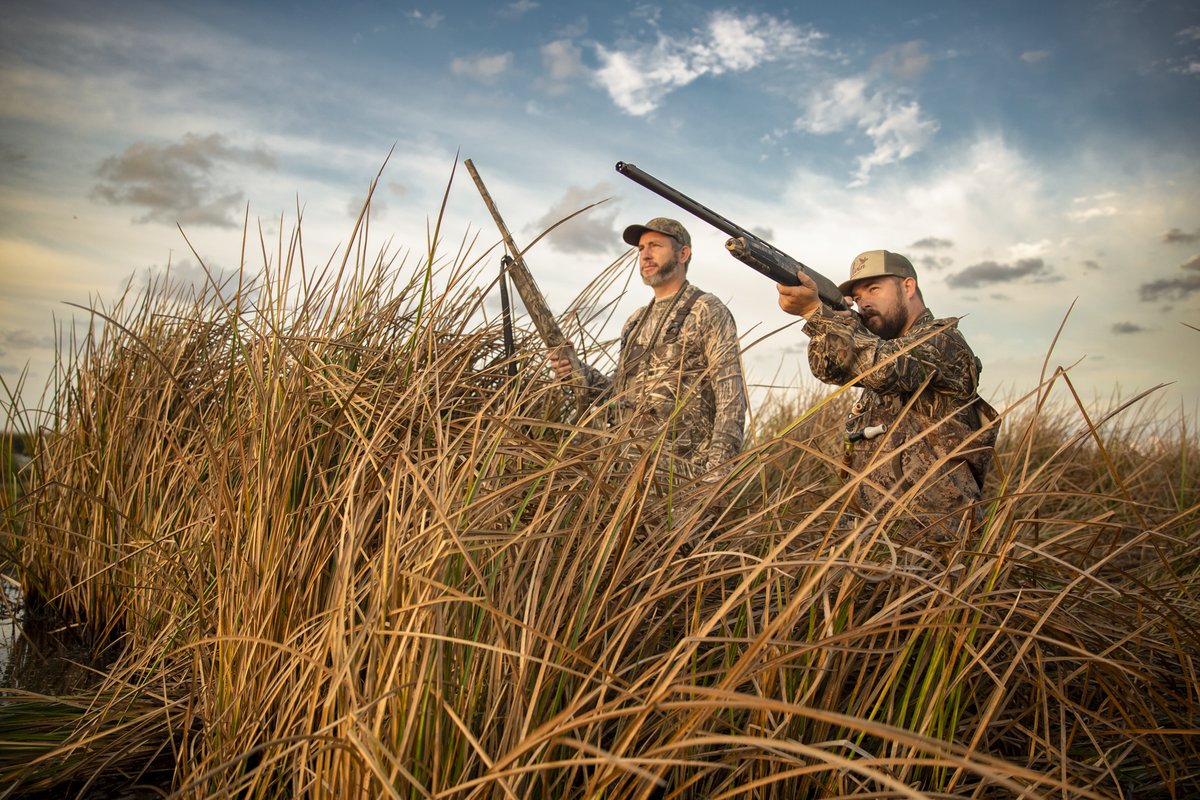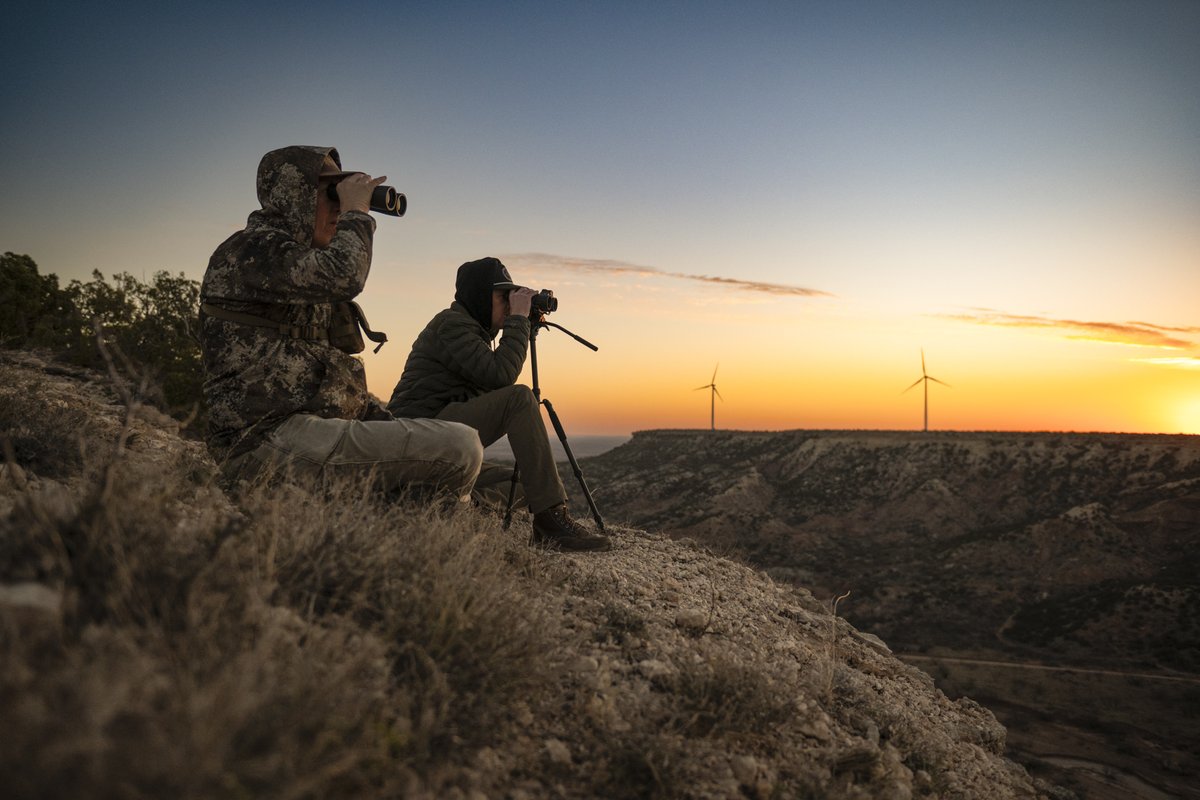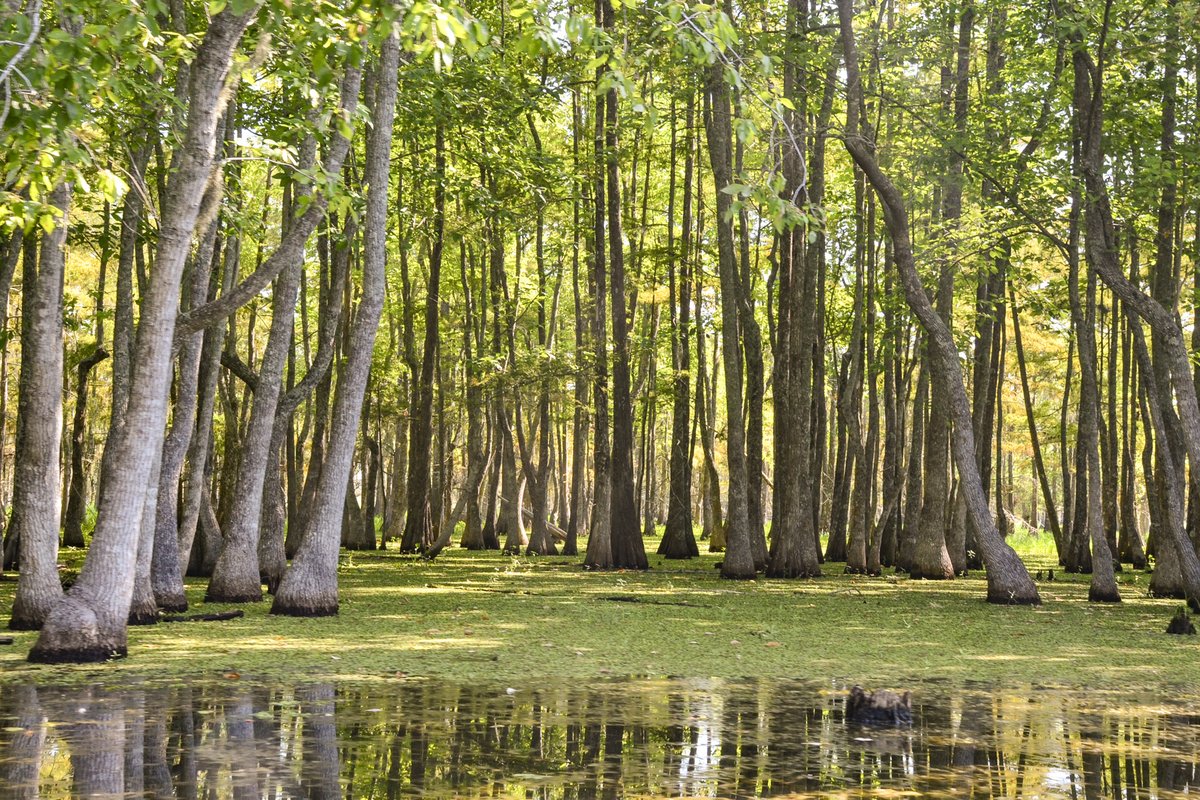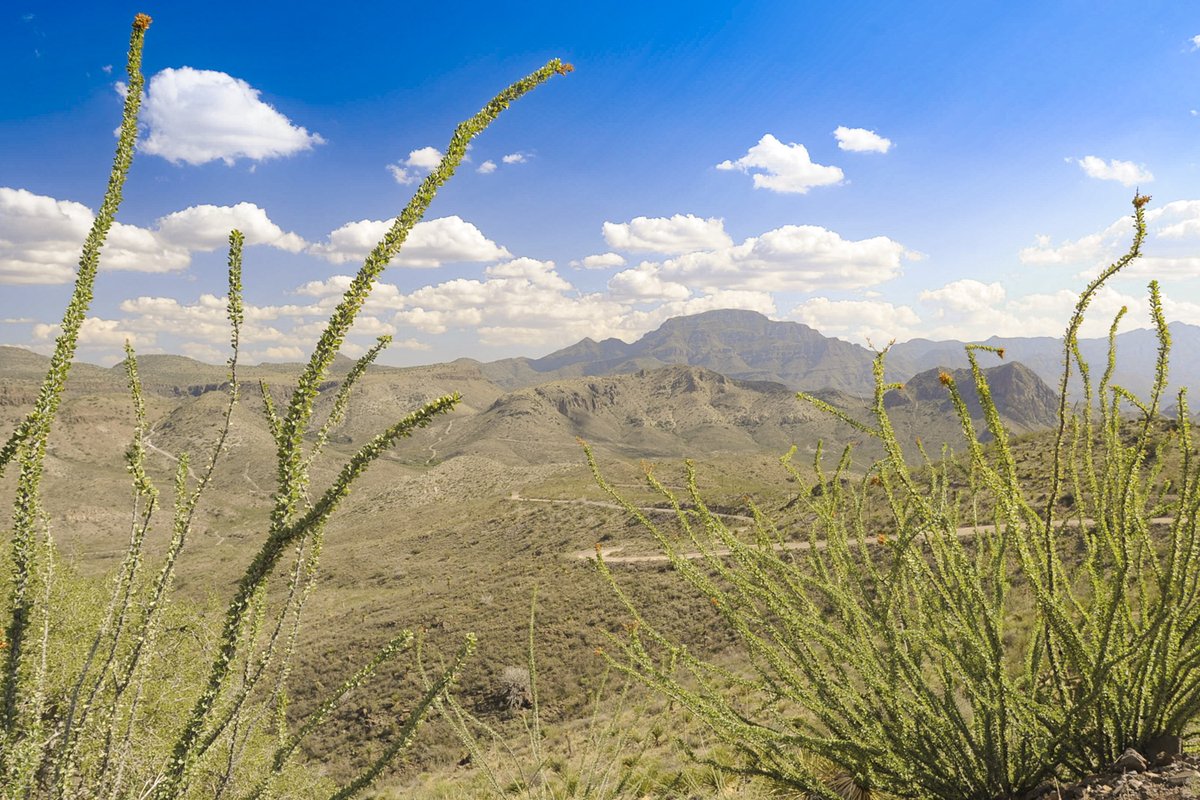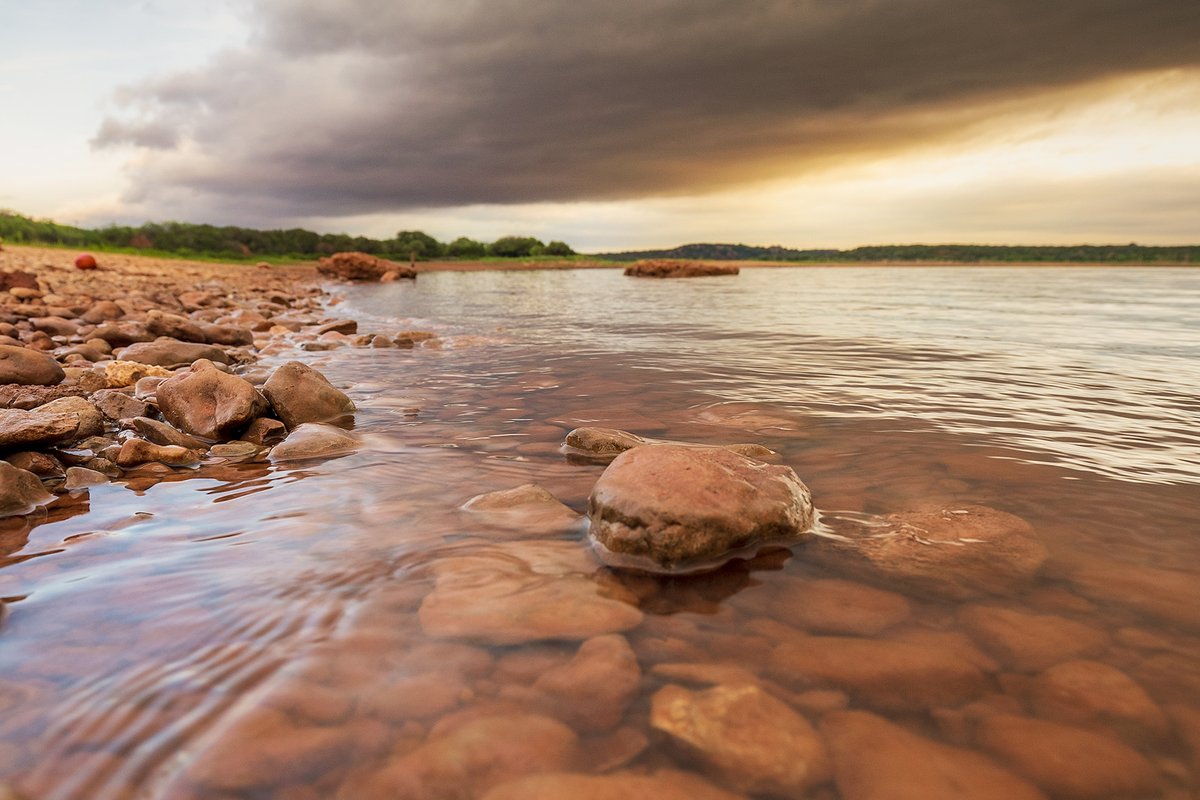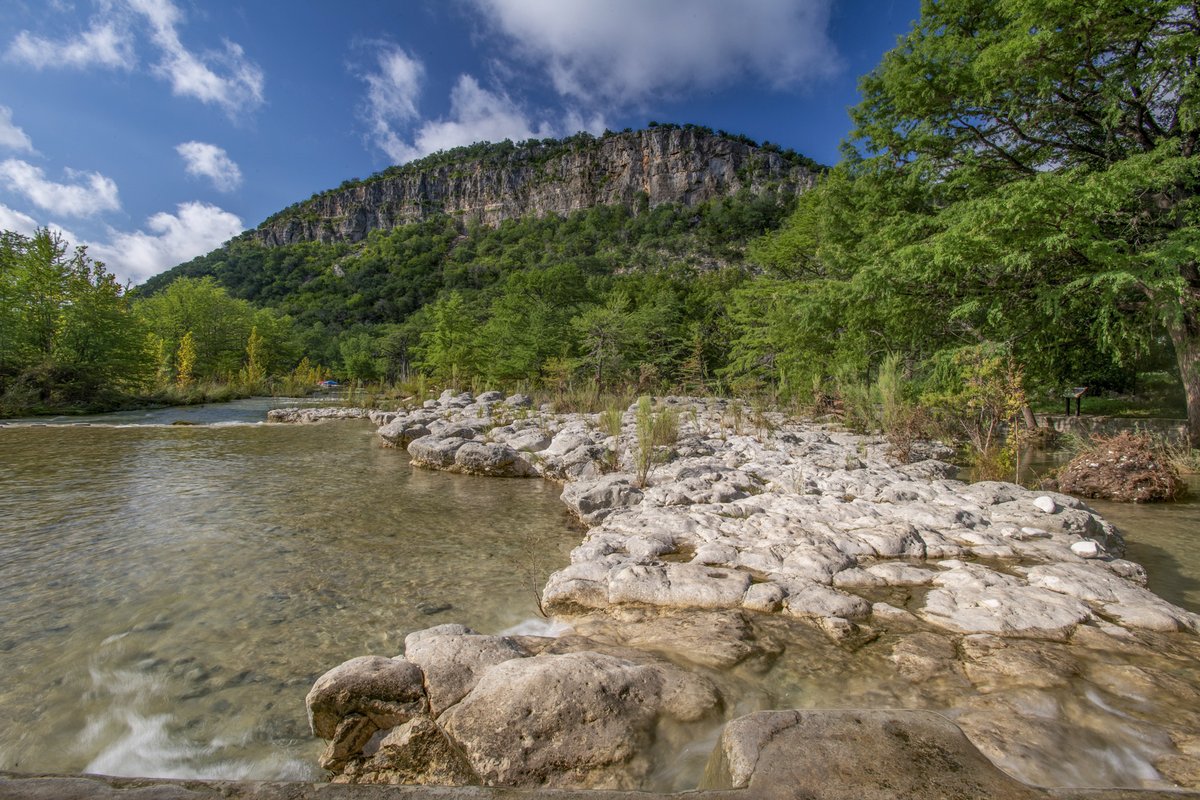LORIE VAN Ongevalle cried as her plane touched ground in flat, dry Amarillo.
“There’s nothing out here,” lamented Van Ongevalle as she unpacked boxes for her move from Colorado to the Panhandle city.
Van Ongevalle is an endurance horseback rider who competes in races over 50 miles long. As such, she needs long sections of trail where she can condition her horses for competition. She knew she was in for a culture shock moving from a state with lots of mountains, trails and public land. Although the nearby Palo Duro Canyon State Park and Lake Meredith National Recreation Area both have trails open to horses, they’re only a few miles long.
Now, it’s been almost 30 years since that move. In that time, she’s found a little-known oasis of public land in the Panhandle: Cross Bar Special Recreation Management Area.
In the 1990s, a friend drove her 20 minutes north of town, to a bridge that crosses the Canadian River. They parked at the bridge and rode their horses up the riverbed to the property, which is the only federal Bureau of Land Management site in Texas.
For years now, the land has been a hidden gem for outdoor enthusiasts in the Panhandle. It’s home to a wide variety of wildlife, including pronghorn, rattlesnakes, bobcats, badgers, quail, foxes, mule deer, coyotes and even the occasional elk. As of last hunting season, Cross Bar SRMA started allowing archery-only drawn hunts through the Texas Parks and Wildlife Department.
Although Cross Bar has been — and remains — open to visitors, the trouble is getting there. The land is essentially an island — surrounded on all sides by private land with no public road to access the property. For years, the only way to see Cross Bar was to call the BLM’s field office in Amarillo, get a permit and then make the tough 1.5-mile trek up the Canadian River.
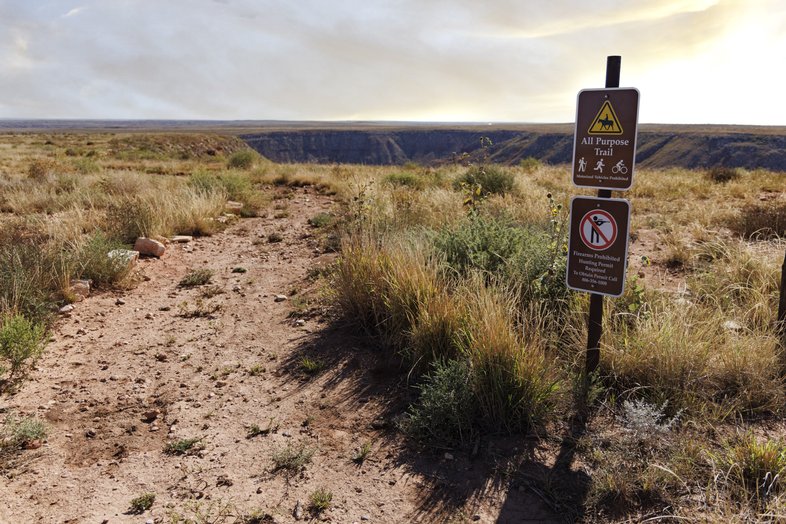
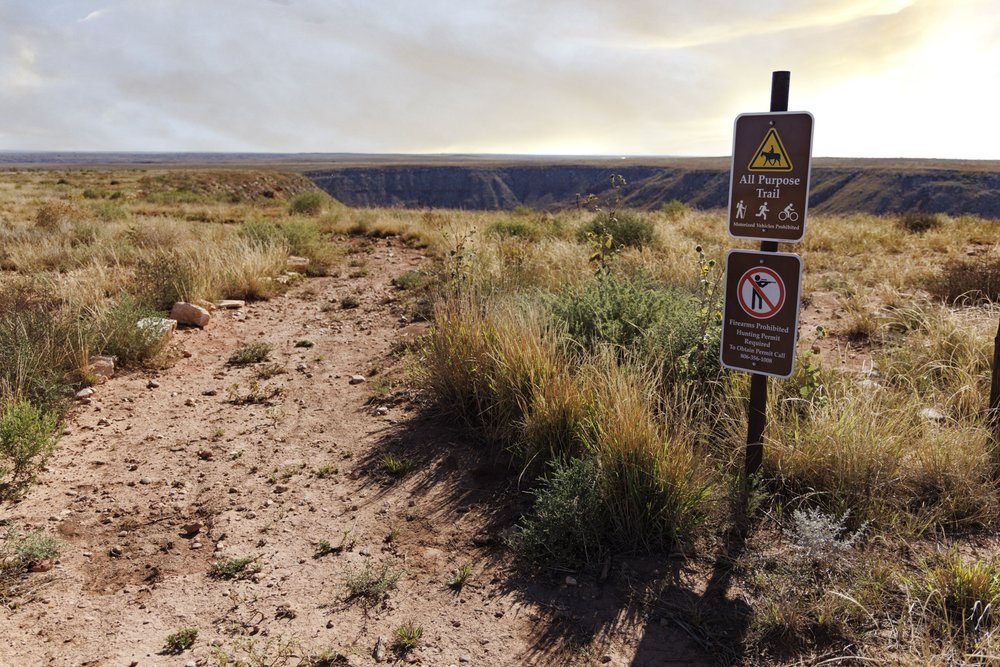
A portion of the trail system at Cross Bar.
Sonja Sommerfeld
A portion of the trail system at Cross Bar.
Sonja Sommerfeld
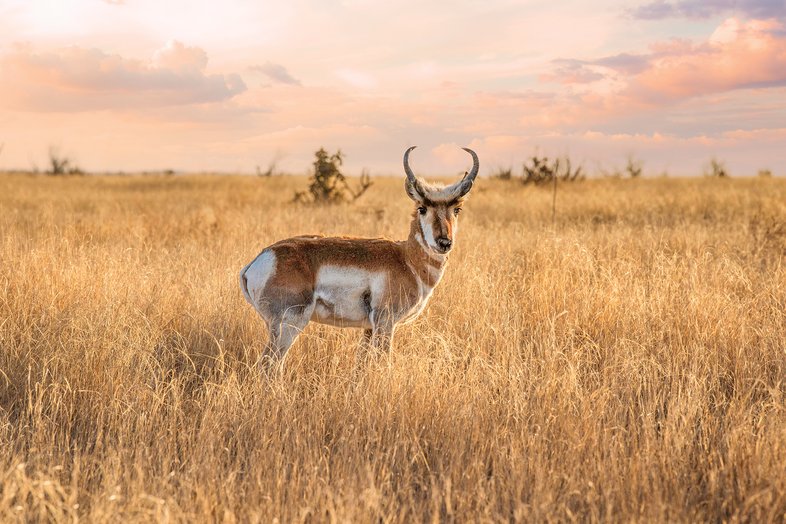

Pronghorn and other wildlife can be found at Cross Bar.
Chase Fountain | TPWD
Pronghorn and other wildlife can be found at Cross Bar.
Chase Fountain | TPWD
Since her first visit, Van Ongevalle has grown passionate about this golden slice of prairie. Now, as executive director of the Friends of Cross Bar SRMA, a nonprofit she founded in 2022, she’s working to increase access for others.
Lots has changed since her move. Amarillo has grown — it’s now a sprawling urban area surpassing 200,000 people. Van Ongevalle has also come to love the golden grasslands and wide-open places where she can roam free.
“Amarillo needs things like this,” she says. “Ninety-seven percent of Texas is privately owned, so to be able to open up public land is pretty important.”
Texas’ Private Past
WITH A LARGE presence in Arizona, California, Colorado and other western states, the Bureau of Land Management oversees properties that provide abundant access to hunting, hiking, camping and a long list of other recreational activities. The agency administers nearly 250 million acres of land, or one-eighth of the U.S. total landmass. In fact, it is the largest landholder in the country — overseeing more acres than even the National Park Service.
So, why, then, is there only one tract of BLM land in Texas?
Texas owes its large percentage of privately owned land to its enormous size, frontier settlement and turbulent history. As a succession of governments took control over what we now call Texas, each one used tracts of land as carrots to entice occupants who would help exert control over the “frontier.” Once Texas was annexed into the United States, it, unlike many other states, was able to retain ownership of most of its land. The state then proceeded to use its land as an inexhaustible resource to trade for schools, infrastructure and any number of other projects.
The federal government came to acquire Cross Bar during the helium boom in the early 20th century. After World War I, the federal government sought to invest in the noble gas for its defense applications in blimps and airships. This ramped up with the passage of the Helium Acts of 1925 and 1929, which authorized the government to condemn, lease or purchase land for the purpose of building a National Helium Reserve. As it turns out, the land beneath the Panhandle contains rich stores of helium gas within the Bush Dome reservoir, a natural geologic gas storage formation. The federal government acquired the land where Cross Bar is now in 1931 and turned it into the National Helium Reserve. At peak production, it held over 1 billion cubic meters of gas and supplied 30 percent of the world’s helium.
After the helium craze died down, wells were plugged and public access was allowed on the property beginning in the 1990s.
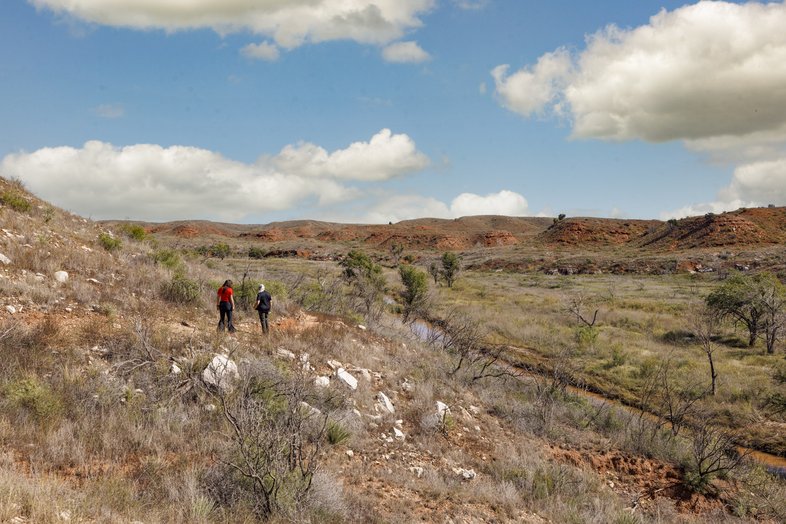
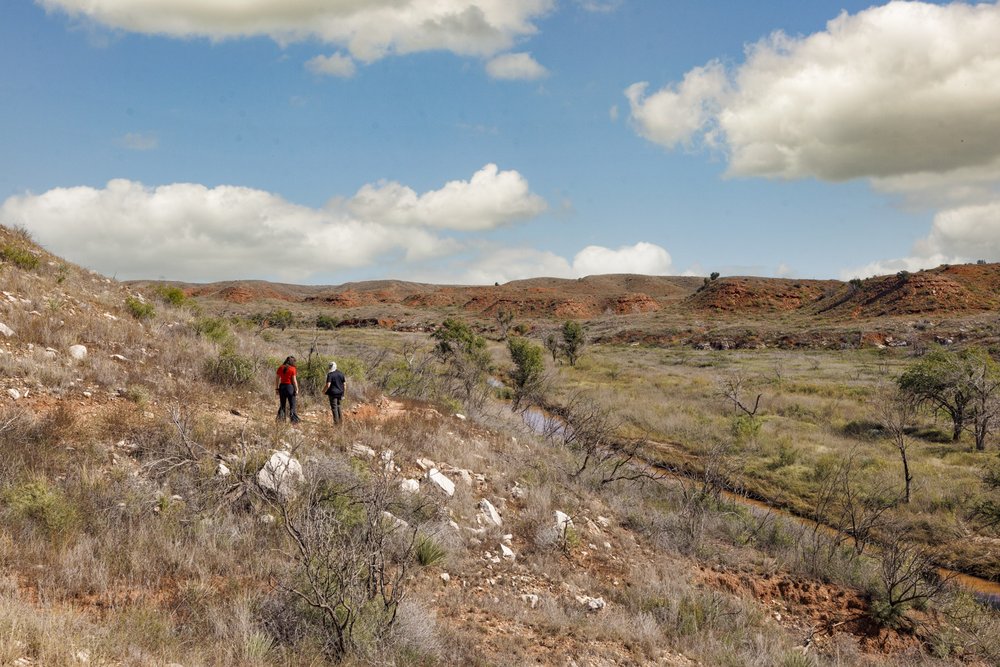
Hikers traverse the trail system at Cross Bar.
Sonja Sommerfeld
Hikers traverse the trail system at Cross Bar.
Sonja Sommerfeld
Expanding Access
CROSS BAR SRMA occupies nearly 12,000 acres of tallgrass prairie just west of U.S. Highway 87 and nestled on the southern shores of the Canadian River.
Through Friends of the Cross Bar SRMA, Van Ongevalle organizes occasional “open trails” days in which she coordinates access to Cross Bar via shared easement roads with adjacent property owners.
Currently, the organization is working to build a road that will facilitate access. The road, which is set for completion in 2028, will allow access from Highway 87 and enable visitors to drive from downtown Amarillo to the park entrance in only 20 minutes.
While construction of the road is underway, the nonprofit is working to build out park infrastructure. By the end of last year, about 16 miles of trail were completed. By the time the road is complete, Van Ongevalle expects there will be 22 completed miles of trail for hikers, bikers and horseback riders. Ultimately, the organization aims to construct a 40-mile trail network and more than 100 campsites within the SRMA.
According to a report by the Texas A&M Agrilife Extension’s Department of Agricultural Economics, enhanced access to Cross Bar SRMA could have a $13 million economic impact in Potter County. Van Ongevalle hopes the addition of a new publicly accessible space for recreation will help Amarillo both retain and attract passionate outdoorspeople.
“I think the Cross Bar is going to give that great balance to Amarillo,” says Van Ongevalle. “I’m so excited for more people to see a side of the Panhandle that often goes unappreciated.”
